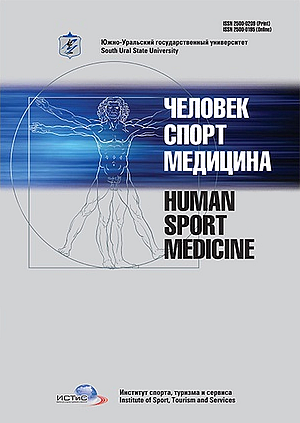INFLUENCE OF URBANIZATION ON THE MORPHOFUNCTIONAL INDICATORS OF PHYSICAL DEVELOPMENT IN SCHOOLCHILDREN
Abstract
Aim. The aim of this article is to compare morphofunctional indicators in schoolchildren from Gomel and Kiev. Materials and methods. From 2010 to 2012 we performed a complex morphofunctional study of the indicators of physical development (body length, body weight, muscle strength of the right arm, vital capacity) in 1490 and 1329 apparently healthy girls and boys (I and II health groups) from Gomel aged 8–16. As a comparison group, we used the data obtained after the examination of schoolchildren from Kiev (1018 boys and 1025 girls) in 2008. Results. Schoolchildren from a less urbanized city demonstrate statistically more significant somatometric (body weight, chest circumference) and functional (muscle strength of the right arm, vital capacity) indicators. We did not reveal any statistically significant differences in body length between the groups of schoolchildren. Conclusion. Urbanization level influences the development of morphofunctional indicators in children and teenagers during ontogenesis.
Copyright (c) 2019 Human. Sport. Medicine

This work is licensed under a Creative Commons Attribution-NonCommercial-NoDerivatives 4.0 International License.















